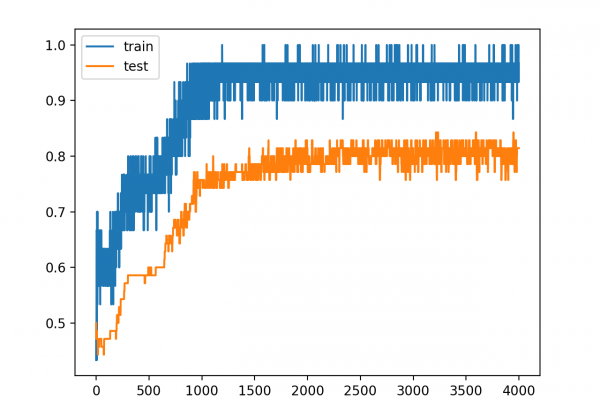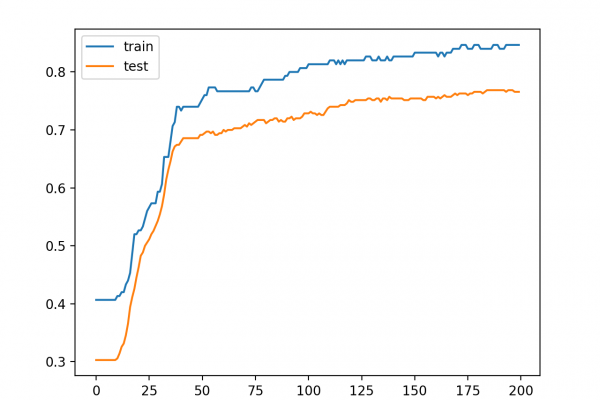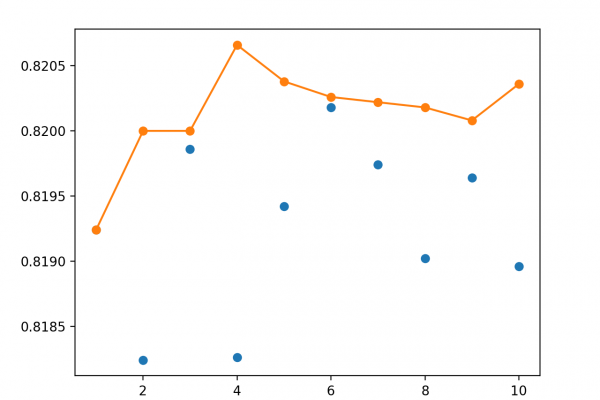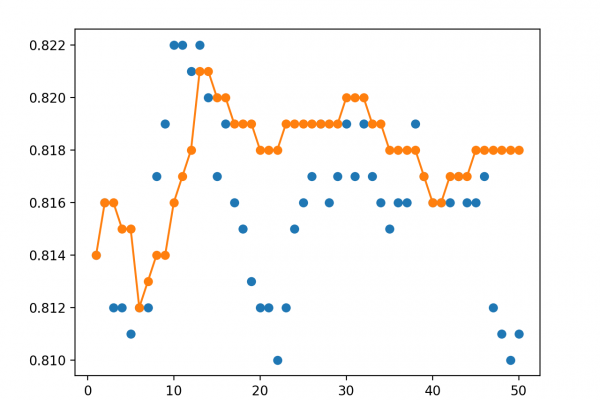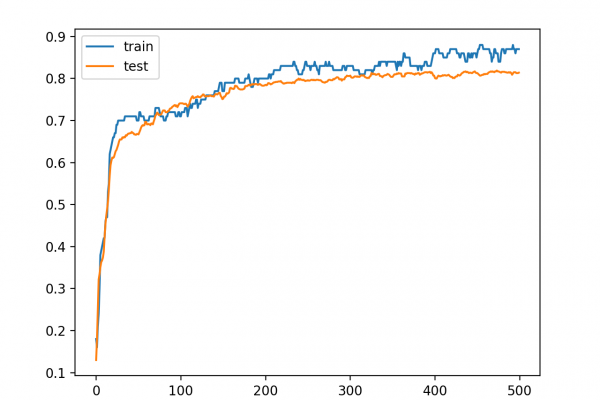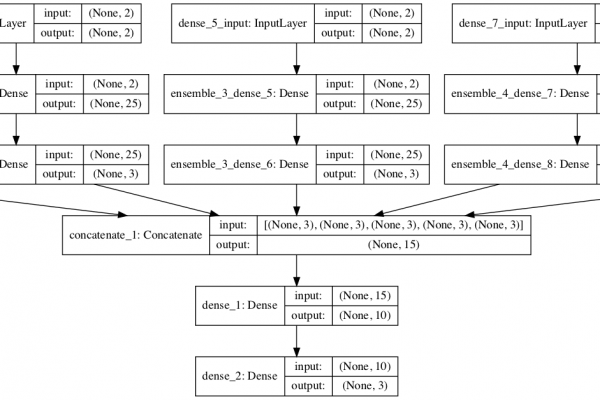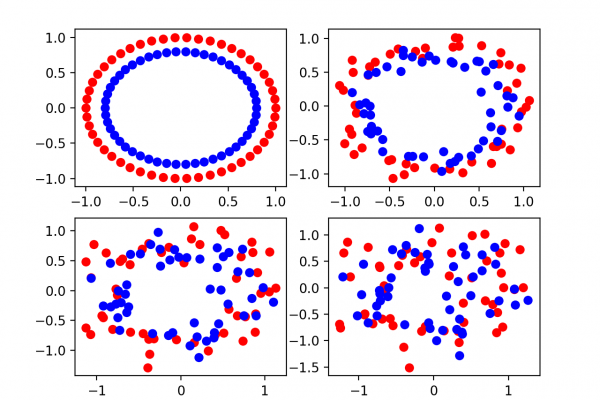Train Neural Networks With Noise to Reduce Overfitting
Last Updated on August 6, 2019 Training a neural network with a small dataset can cause the network to memorize all training examples, in turn leading to overfitting and poor performance on a holdout dataset. Small datasets may also represent a harder mapping problem for neural networks to learn, given the patchy or sparse sampling of points in the high-dimensional input space. One approach to making the input space smoother and easier to learn is to add noise to inputs […]
Read more
